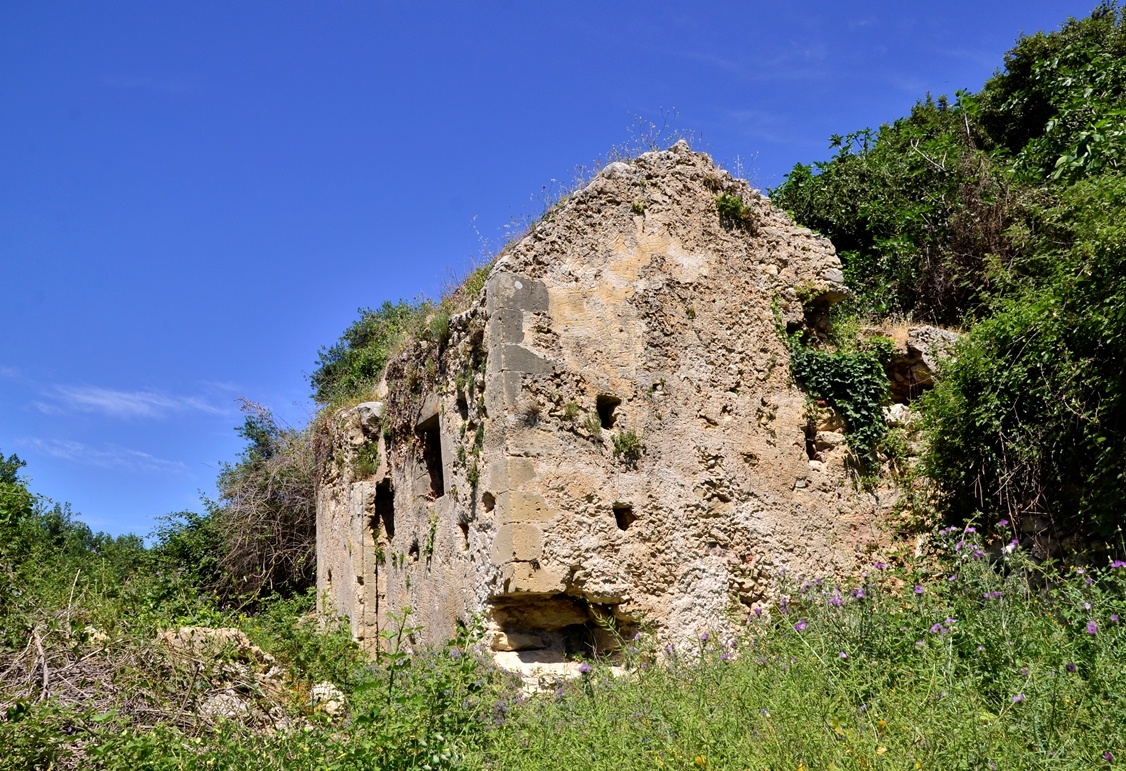
The church of Panagia Kardiotissa (Our Lady of Karydaki) is situated 3km from Pano Archanes (Upper Archanes), on the slopes of the River Kairatos valley flowing towards Heraklion.
It was probably built before 1200 A.D. As the church of Our Lady of Karydaki is referred to as ‘old’ in ledgers, 1000 A.D. seems to be an acceptable estimate of the year it was constructed in. When visiting in 1415 A.D. (records refer to ‘Panagia Convent in Karydaki’), Italian monk Cristoforo Buondelmonti found a thriving convent.
In 1908, Italian historian Giuseppe Gerola presented a floor plan drawing of the church at ‘Karydaki’, with the description: “An unnamed church in the district known as Karydaki, in Temenos, close to the aqueduct. It has three aisles, but only two of them are in front of the narthex”.
The church is a three-aisled basilica with a floor area of 60m2. There is a domed narthex, in front of the middle and southern aisles, similar in both layout and masonry style to Paliani Convent in Venerato and to the churches of Panagia Kritharida (Our Lady of Kritharida) and of Agiou Ioanni (Saint John) in Liliano in the Pediada region. The convent fell out of use as a result of restrictions imposed as part of a plan executed by the brilliant Fransesco Morosini to supply water to Heraklion. The Venetian indeed succeeded in supplying Candia (as Heraklion was then known) with water from Mt. Juktas.
The springs from which Morosini’s water project supplied the city of Heraklion as early as 1627 can be found in the same gorge the river flows through.
The area’s geophysical particularities necessitated the construction of aqueducts at Syllamos, Fortetsa, and Treis Kamares (Three Arches), as well as a number of other engineering works.
The water was conveyed over the purpose-built aqueduct and into the main conduit where it continued its course, through the aqueducts of Syllamos and then Fortetsa until it finally reached Candia.
Today, the church of Panagia Kardiotissa lies in ruins, close to the renowned Karydaki Aqueduct.



